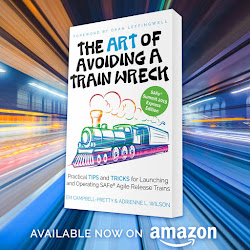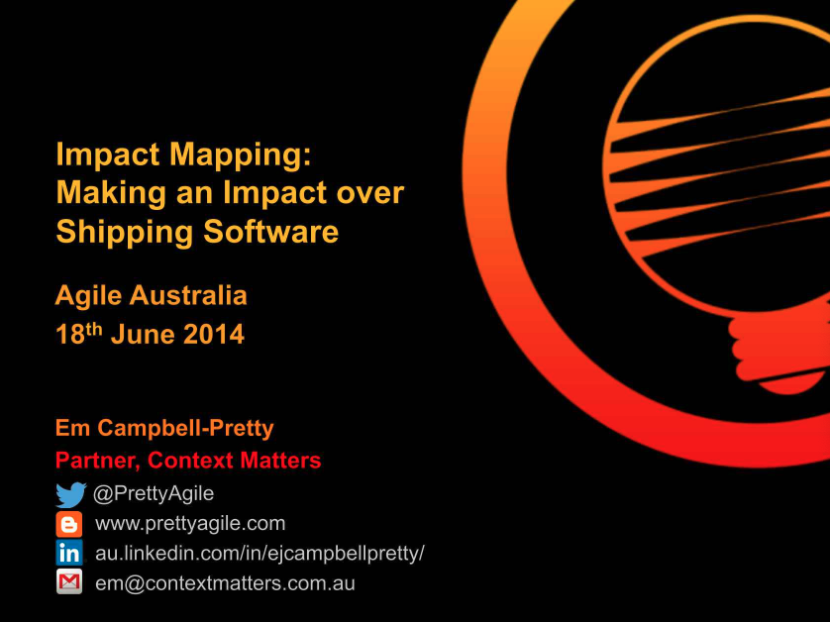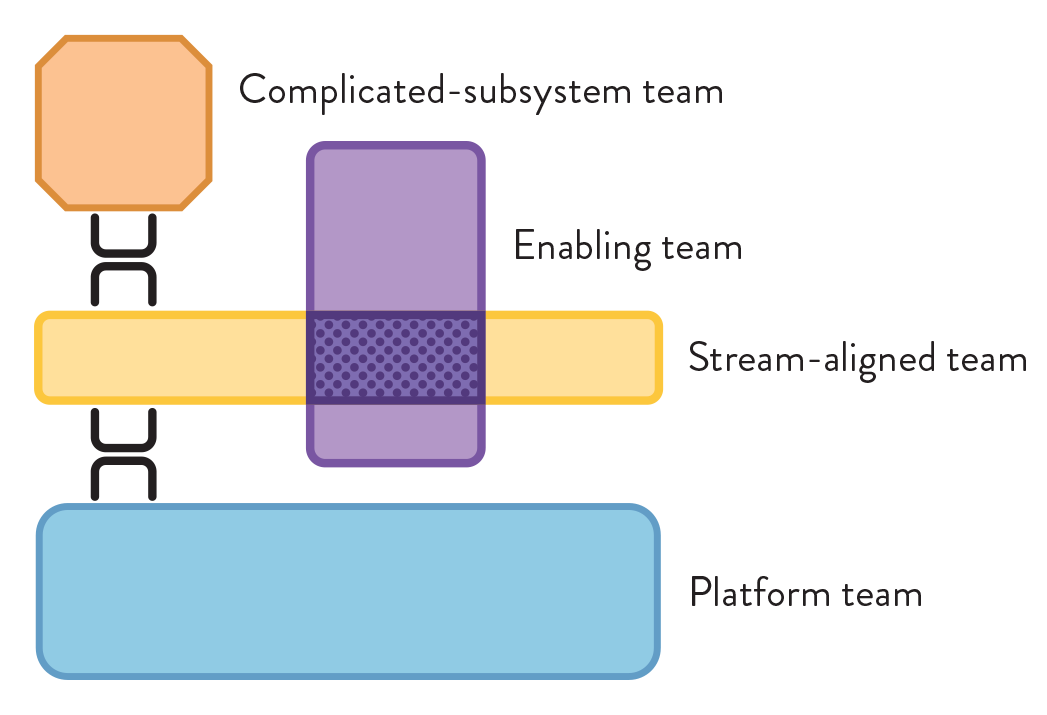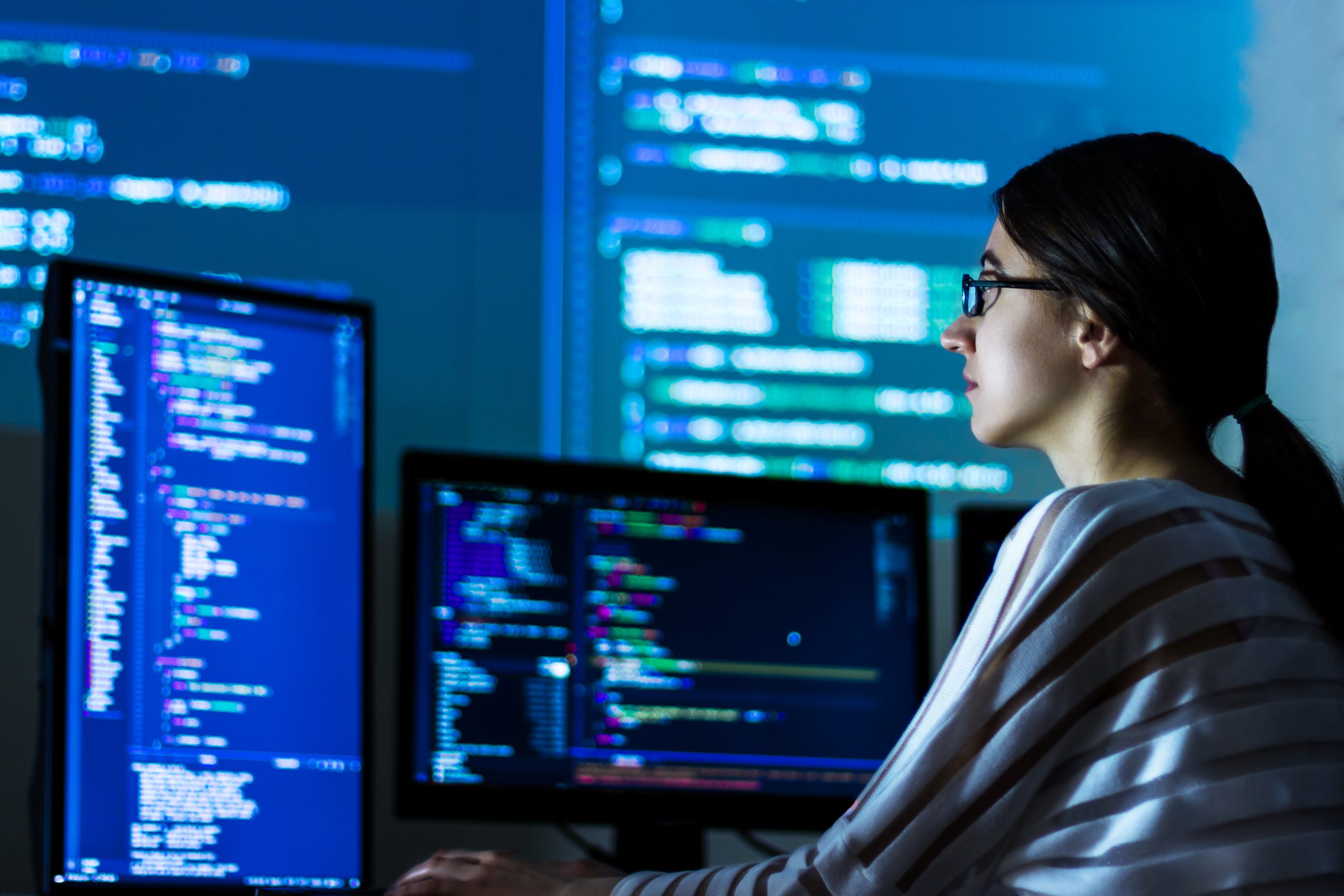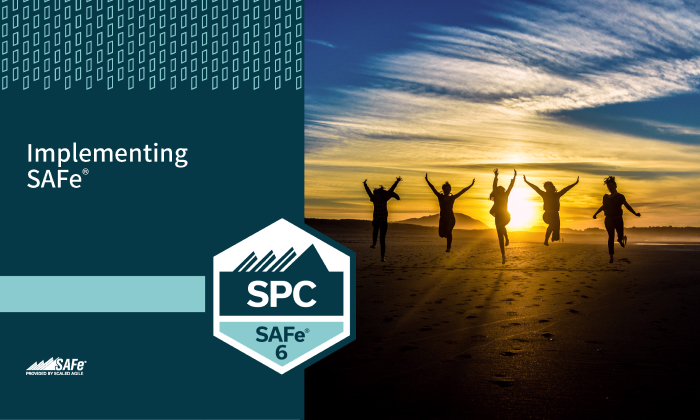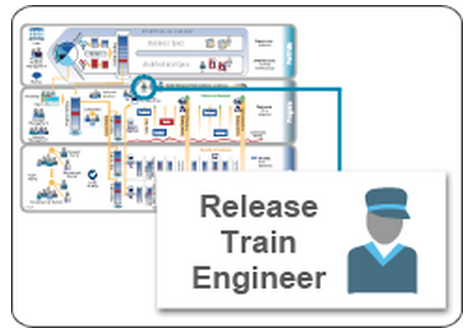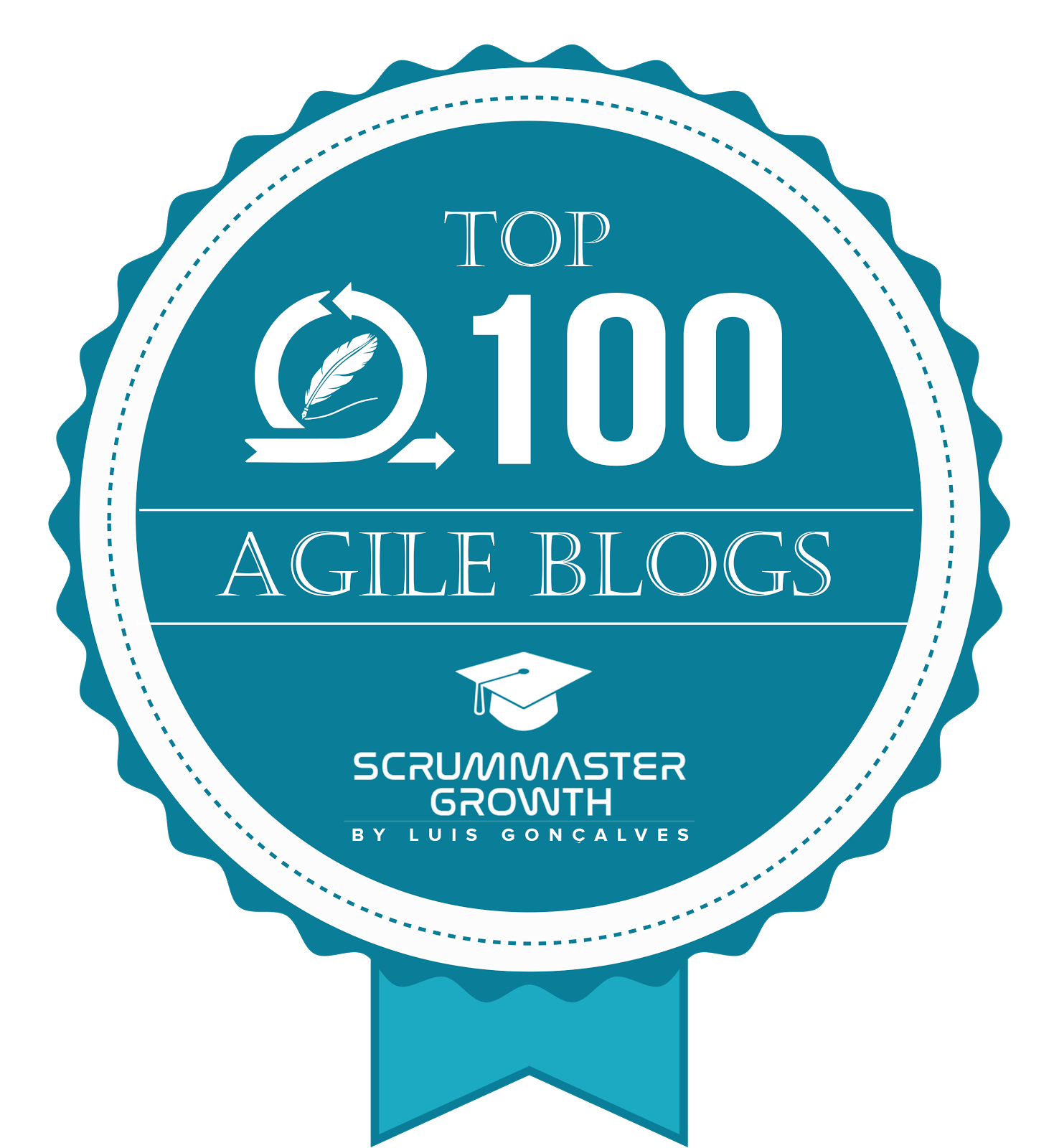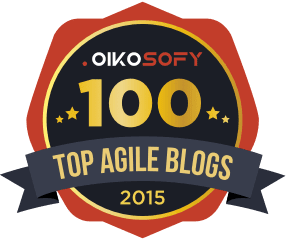- AI-Native Training
- SAFe Training
- Choose a Course
- Public Training Schedule
- SAFe Certifications
- Leading SAFe
- Implementing SAFe
- Advanced SAFe Practice Consultant
- Leading SAFe for Government
- SAFe Lean Portfolio Management
- SAFe Release Train Engineer
- SAFe for Hardware
- SAFe for Architects
- Agile Product Management
- SAFe Scrum Master
- Advanced Scrum Master
- SAFe DevOps
- SAFe Product Owner/Product Manager
- SAFe Agile Software Engineering
- SAFe for Teams
- SAFe Micro-credentials
- Agile HR Training
From Teams to tribes: Creating a one-team culture in DevOps
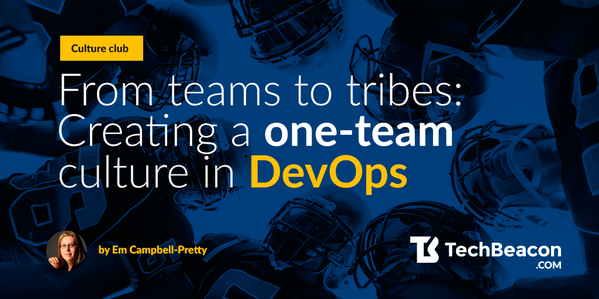
Originally published on Tech Beacon (http://techbeacon.com/teams-tribes-creating-one-team-culture-devops)
One of the challenges facing organizations wanting to move toward DevOps is the clash of cultures between dev and ops. In my view, this divide is not unlike others we find in most organizations, like business vs. technology, agile vs. waterfall, or in-house vs. vendor. To be effective, teams or teams of teams need to break through these barriers to become one team, or what I like to call a tribe.
What is a tribe?
In Tribal Leadership, Dave Logan suggests that people form tribes, much the same way that birds flock and fish school. It's just what we do. Logan defines a tribe as a group of 20 to 150 people. Some of you may recognise this as Dunbar's number, which is the number of stable social relationships a person can have. Humans have lived and worked in groups of up to 150 people throughout history, dating back to neolithic farming villages. This pattern recurs everywhere: in Amish communities, military units, and more recently in the agile community with SAFe's Agile Release Train and Spotify's Tribes. Going beyond the raw numbers, my favorite definition of a tribe comes from marketing guru and author Seth Godin: "A tribe is a group of people connected to one another, connected to a leader, and connected to an idea." It is this definition that underpins my approach to creating great tribes.
Create small, mission-capable teams
The basic unit of a tribe is the team. In the words of Christine Comaford, author of Smart Tribes, you need to "create a team that acts as a team, one in which the members support one another and work together to achieve the results you need." A team should have a defined mission and the people with the skills necessary to deliver. However, bear in mind the size of a team has a direct impact on its effectiveness, since the more people in a team, the more communication channels there are to maintain. Limiting team size to seven people, give or take one or two, is generally considered advisable.
Encourage teams to visualize their work. Create physical information radiators, or Kanban boards, in your office. Teams that visualize their work are better at collaborating and have a better understanding of their world and how each team member contributes. As Marcus Hammarberg and Joakim Sunden explain in their book Kanban in Action, "Make all necessary information visible when people need it, enabling effective collaboration and improvement through understanding how the work works."
Once team members can see their work, encourage them to communicate at least once a day. The daily stand-up meeting commonly used by agile teams is one approach to this. It is important to note that this is not a daily status meeting. Rather, it is a short, sharp exchange of information intended to help the team team on the priorities for the day ahead. Comaford describes it perfectly in her book: "The key is to focus on only enough information sharing to solicit requests from parties who need something and promises from parties who will fill the need."
Create a team of teams with shared identity, experiences
When you have effective teams, you have the perfect ingredients for a tribe. A team of teams. The first step in creating a bond across multiple teams is to give them a shared identity. Both the teams and the tribes need a name. I am a big fan of having teams choose names that align with a theme. For example, the first Agile Release Train I launched had train-themed team names—for example, Astrotrain, Maglev, Jacobite, Thomas, Green Hornet, and Soul Train. Names help create a sense of belonging, the same way sports club names, colours, and logos provide a sense of community. Belonging is a fundamental human need and prevents the fight-or-flight urge from kicking in.
When it comes to connecting people within and across teams, shared experiences are key. It is important to create situations in which team boundaries are crossed, and there is an opportunity for the team of teams to bond. The most powerful practice I have used for this purpose is Unity Hour. All you need to do it pick an hour on a bi-weekly or monthly basis and commit to it. Then, use this time to create a shared experience. You can share information, facilitate learning activities, or engage in any number of fun team-building games. The trick is to make sure that people interact outside their day-to-day teams and start to create relationships with the broader tribe.
Of course, there is more to connecting people than playing games once every couple of weeks. You need to create rituals that connect tribe members every day. A concept I have used a lot comes from Henrik Kniberg's Lean from the Trenches—the Daily Cocktail Party.
I like to call it Cocktail Hour or continuous human integration. It is a daily rhythm of stand-ups, the cornerstone of which is the team of teams stand-up. This daily gathering of representatives from all teams in the tribe creates a shared understanding of the state of play and a cross-pollination of people who can quickly identify the right players to workshop any challenge facing any team. This ritual serves as a daily reinforcement that the tribe succeeds or fails as one.
Celebrate often
Celebrating is another great way to create a connection. When doing so it is important to remember to celebrate as a tribe, not individual teams. The notion that the tribe succeeds and fails as one, not as individual teams, needs to become part of its DNA.
Celebrations don't always have to be related to day-to-day business. You can and should celebrate birthdays, milestones, holidays, or even fun things like Pirate Day. By the way, you know, if you have a tribe of 100 or so people, you can probably manage to have birthday cake every week of the year? As Linda Rising points out in her latest book, More Fearless Change, we become fonder of people and things we experience while we are eating. So clearly, cake is essential to the building of a great tribe!
Don't forget to celebrate the small wins every day, week, and month. A ritual I like to include in Unity Hour is shout-outs, which is people literally shouting out their thanks to other members of the tribe in front of everyone, which is generally followed by a huge round of applause. It is an amazing and uplifting experience to observe.
Lead by doing the "gemba walk" and showing vulnerability
Now that you know how to create connections within the tribe, let's look at how we create a connection between the tribe and its leader. Leaders need to connect with the tribe at the Gemba—a Japanese word for "the real place"—and use what they learn there to serve the tribe and have the courage to be vulnerable in front of the tribe. The simplest way to do this is for leaders to get out of their office and walk the floor. This practice is often referred to as the "Gemba walk," meaning leaders need to go to the real place where the work is done or, to put it simply, visit the tribe in its natural habitat.
If you are a leader walking the floor, talk to the people who do the work and ask them what you can do to help. You will be surprised at the challenges tribe members think are insurmountable, but you can resolve them with a quick email or phone call. Interactions like this can go a long way toward building connections between tribe members and leaders. While some of the problems might be trivial, others may be more systemic. Successful tribal leaders understand that their role is to serve the tribe, which means taking ownership of challenges that tribe members cannot solve for themselves. Having leaders operate as a team with their own physical Kanban board can help keep the team stay focused on this mission.
Perhaps the most powerful way to connect a leader to a tribe is through displays of vulnerability. This, of course, takes courage. As researcher Brené Brown says, "Vulnerability is the last thing I want you to see in me and the first thing I look for in you." Having been a senior leader in a large organization, I have experienced this firsthand; I can promise you it is very uncomfortable but worthwhile. We want our teams to be transparent with us, and for this to happen, they need to trust us. Vulnerability builds trust. When leaders show that they don't know all the answers and display their raw, unfiltered humanity, it creates a human connection that leads to trust.
It is also up to the tribe's leadership to connect the tribe to an idea or vision. In Comaford's words, "True leadership inspires people with vision. The vision pulls people not only to take action but also to care about the outcome, to take personal ownership of it, and to bring their A-game every day." This vision does not need to be grand; all that's required is that the vision be clearly articulated and communicated over and over again.
Why does tribal culture matter?
So you might be wondering how all of this is relevant in a commercially driven, profit-maximising world. In the words of Zappos CEO Tony Hsieh, "Businesses often forget about the culture, and ultimately, they suffer for it because you can't deliver good service from unhappy employees." Or, to put it even more simply, happy tribes lead to happy customers. This is also one of the findings from research highlighted in Fred Reichheld's The Ultimate Question 2.0, the book behind the Net Promoter System, or NPS.
For those not familiar with the concept, the ultimate question is, on a scale from 0 to 10, where 0 is not at all likely, and 10 is extremely likely, how likely are you to recommend [company name] to a friend or colleague? Responses are categorized into Promoters (scores of 9 and 10), Passives (scores of 7 and 8), and Detractors (scores of 6 or less). The percentage of promoters minus the percentage of detractors is the NPS. The book also includes a second measure called Employee NPS, or eNPS. For this, the ultimate question is reworded as, on as scale of 0 to 10, how likely is it you would recommend this company (or department) as a place to work? The research behind the Ultimate Question 2.0 shows a direct correlation between high Employee NPS and high Customer NPS, and companies with high Customer NPS are generally more profitable.
The beauty of this system is its simplicity. You can send out a two-question survey once a quarter to members of your tribe, regardless of whether they are permanent employees or contractors, and get back actionable data that will help you to continue to evolve the culture of your tribe. This makes a nice change from the standard corporate employee engagement surveys.
Using the techniques in this article, I have helped organizations move their eNPS scores by 50 to 100 points. Perhaps some of these ideas will help you create similar results within the organizations you work with. The thing to keep in mind is that it is not so much the specific practices that have changed the cultures of the tribes I have worked with but rather the fact that we created an environment in which people felt safe to be themselves and have fun at work. It is my hope that, if nothing else, this article might inspire you to create "an intentional culture of joy" in your workplace.
See the slides from Em's talk at DevOps Enterprise Summit 2015 below.


